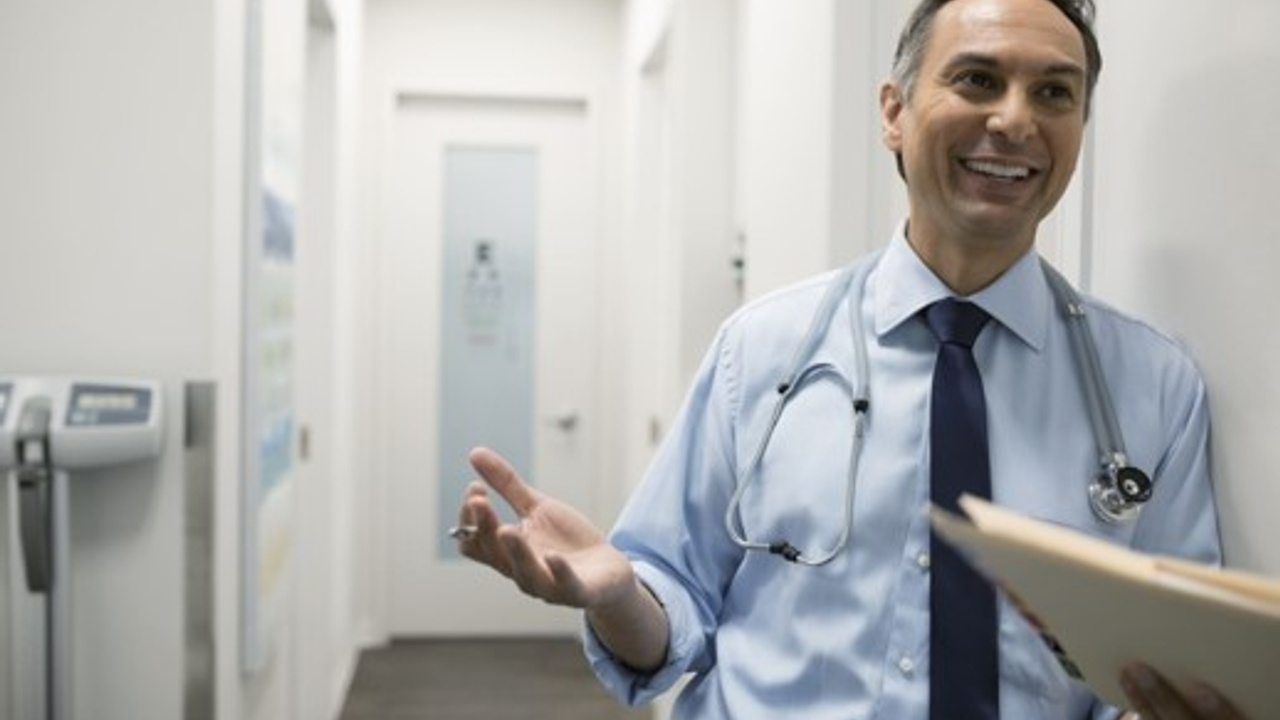MSL in-field insight gathering

MSL in-field insights: What are they and why do pharma need them
Many aspiring MSLs – when asked what an MSL does – talk about MSLs being an educator and sharing the latest clinical data with the key opinion leaders (KOLs). Yes, there is a big clinical data sharing component in the MSL role and a large medical education component in your medical plan. However, the most important thing that many aspiring (and even some experienced) MSLs forget about is that every communication should be a two-way street.
In-field insights and their importance for pharma?
As an MSL, you are talking to some of the top leaders in the world. And while you discuss and share clinical information with the KOLs, there is an even greater need to obtain information and targeted-insights from the KOLs to fill in the knowledge gaps identified in the launch (medical) plan to support a best-in-class launch of your drug or the quality use of medicine of your already approved drug. Many KOLs are more than willing to share their real-life day-to-day patient and clinical (trial) experiences with you. Access to this information, can make an ordinary drug launch turn into a best-in-class launch.
Targeted insights driven from the launch team
When I was an MSL working on several pipeline molecules – together with the team we had identified the data gaps that we needed to know to be able to successfully launch our drugs into the market. I would structure my KOL meetings and clinical paper content discussion in such a way that I would have these in-depth discussions with the KOL that would generate these targeted-insights for the team.
Insight gathering is important to help you drive your medical plan, set/adjust your strategic priorities and they support the internal stakeholders as well (both in the late pipeline- and inline phase). It is impossible to make an exhaustive list of insights but here is a list of some 10 important ones in no particular order.
-
Which clinical guidelines are KOLs using? Is it the US, European, national, state, hospital guideline? This will indicate by which evidence they are guided to treat their patients. You'll see that this can vary from hospital to hospital.
-
How is your clinical trial data received by the KOL? Does it address the unmet medical need of the patients? Are the in/exclusion criteria correct for your country’s health system. Is the comparator drug the standard of care in your country (if not, reimbursement can be more challenging). An investigator-initiated study (IIS) could fill this data gap early in the process.
-
Are there any trials interfering with your trial recruitment? Competitor trials, IISs, or (free) drug access programs can jeopardize recruitment of your own (pivotal) clinical trials or impact the sales of your products on the market.
-
How is the company's drug positioned? Where do the doctors see your drug fit in the future treatment algorithm: first line, second line, relapse/refractory patients or for the elderly only. Again, not all doctors think alike in the same unit, so talk to the top KOLs, but also to less senior clinical staff to get a holistic view.
-
Drug safety profile: A drug’s safety profile can potentially overrule its superior efficacy. Understanding the KOL’s view of the safety profiles, any challenges in managing them (opportunities for medical education) AND learning how they are managed are crucial for your future success of the drug.
-
Are there any medical education gaps? For instance, education of oncologist and nurses of using prophylactic antibiotics to prevent/reduce skin rashes when using anti-EGFR monoclonal antibodies in colorectal cancer will take away any barriers for the quality use of your drug once it is launched.
-
What influences the doctor’s treatment decisions? For instance: working in a private hospital vs. a public hospital; a large city hospital vs. a regional hospital; working in a multi-disciplinary team or being a doctor in your own private practice; being the lead site for your competitor’s drugs; having a different patient demographic: age, gender, social class, medication, co-morbidities (obesity) etc.
-
Is there a need for diagnostic tests? Does your drug require a (companion) diagnostic test and can the hospitals provide the patient results in a reasonable turn-around time? And if not, which stakeholders and clinical societies should you engage with to achieve that.
-
What is the referral pathway/patient’s journey in your country? I used to work in a therapeutic are where the standard of care (in the US) was early surgery and relapses were treated with chemo by the medical oncologist (like in our pivotal clinical trial). However, locally patients (almost) never received chemo 1st line, and tumours were almost always irradiated. The key stakeholders in our country were the radiation oncologist who had access to all the patients, followed by the medical oncologists who would prescribe our drug.
-
Do we have access to real-world data? Hearing/knowing of a national registry of the right patient group from your KOLs, can be of huge value to your internal stakeholders. Real-world data can be crucial for the reimbursement application to confirm/provide better insights in the epidemiology, standard of care, cost of treatment etc. But also post regulatory approval real-world safety monitoring of your drug is essential, as now you are testing the drug in much larger numbers of patients than in your clinical trial.
To obtain these in-field insights, soft skills and communication skills are essential. Have a look at our "MSL & Medical Advisor soft skill straining"
Join our FREE MSL webinar to learn "How to become an MSL without having any pharma experience" and test yourself if you are suitable for the MSL career.




